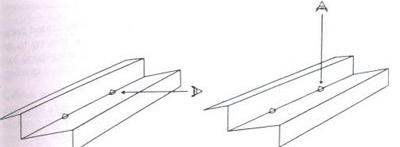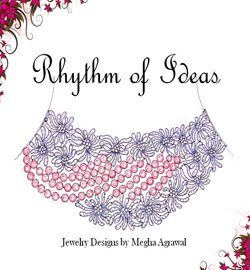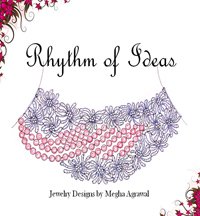Diamond Color Grading Tips
Color Grading Tips - You should keep following things in mind while
doing color grading of white diamond in order to achieve best results.
- Diamond should be graded in loose form, as when mounted on metal, metal color can influence the actual color of stone.
- Diamond and master-stones (set of master diamonds provided by GIA for color comparison) should be clean.
- Atmosphere and surrounding should not be too bright to influence the original color of diamond.
- White light should be used and it should be so adjusted that it falls directly on the stone and not on eyes. In case of dark room, light equivalent to day light should be used.
- Diamond should be viewed with 10X loupe and diamond should be positioned "table- down" and "pavilion-up" i.e. upside down and look through back.
 |
| Diamond Grading Loupe |
- Broadest part of the pavilion just above from the girdle (as we are studying diamond upside down) should be studied. Master stones should be placed in identical position of the stone being studied.
- Generally, two diamonds (to be graded) should not be compared with each other. If necessary keep 1 cm distance between them. In any condition, two diamonds should not be touching each other.
- Some diamonds fluoresce, so while doing color grading, do check Presence of fluorescence in white diamond by exposing diamond to ultra-violet light and grade diamond accordingly.
I hope above provided color grading tips will help you during color grading of white diamonds.
Use of Shade card while Color Grading
When in case of doubt about color shade of diamond, use Shade Card for reference. It is basically, folded white paper used to color grade diamonds. The folded paper is held between thumb and finger tips at distance of 10 cm from light.
 |
| Diamond Color Shade Card |
Stones are placed upside down on channel of fold (horizontal plane of paper). The stone is studied perpendicular to the pavilion facets about halfway up the pavilion towards the culet.
While grading slightly move the shade card, alter the position of light falling on diamond. Move the shade card closer to light or move slightly away to best judge the color of diamond.
Points to be considered while using Shade Card
- Shade card should be white and clean. Diamond to be graded should be clean. If dusty, stone should be cleaned from a soft cloth.
- When two diamonds are compared then those should be kept at least 1 cm apart. Otherwise their color influences each other.
- Color defects in diamond (black spots, Newton ring or red spots) should be twisted and viewed from back and not from the front of diamond, i.e. not through table of diamond. This is because color defects could influence the original color of diamond.
- If the diamond is too shiny it should be breathed on, i.e. when vapor is passed on diamond, it becomes dull and it could be judged correctly when vapor begins to clear out from diamond surface.
Return from Color Grading Tips to Color of Diamond page
Return from Color Grading Tips to Diamond Jewelry Homepage
I hope you'll not mind sharing this on Twitter, Facebook and with everyone else :)
Feel free to share if something is in your mind and want it to be covered on this site.
My Newsletter
Did you liked this article? Sign-up my FREE weekly newsletter and I'll send you more awesome new additions on this website along with latest jewelry happenings around the world, and download my Jewelry Design Album for FREE!
 |
|


